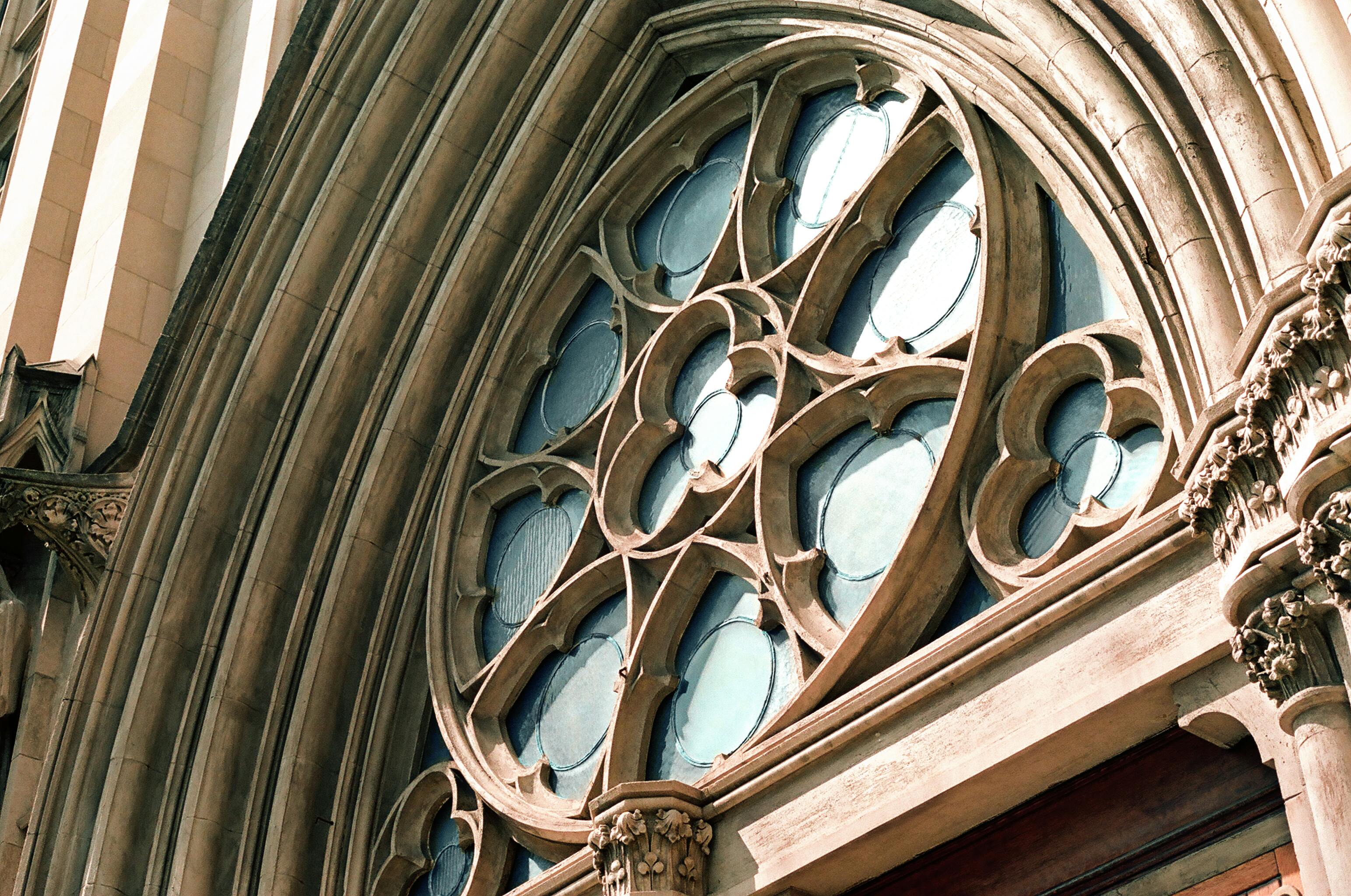
Home Value Trends in Minnesota
admin
- 0
If you still hear real estate experts whining and complaining about the state of the market, the bursting of the bubble, or the plummeting home value averages, just tune them out. Sure, nationally, the market isn’t the booming money tree it was 3 years ago, but that doesn’t mean it’s dead either. Also, knowing how long homes stay on the market nationally or the median home value in the nation (was $221,900 in 2006) won’t help you much when you’re ready to move.
Real estate is an investment, so make sure you’re moving somewhere where your home’s value can appreciate decently over the years. But if you’re like me, you probably can’t predict the future, so how are you supposed to find out? Simple: good old fashioned research. Research past home value and sales rate trends in a specific area, as well as its population, job opportunities, economy, unemployment rates, and visitor attractions. Those various factors can give you a fair idea of where home values in a given area may be heading over the years.
Home to the Twin Cities (one of which, St. Paul, is the capital city), Minnesota has a population of about 5,167,101. Its economy is based on agricultural products such as: dairy, corn, cattle, soybeans, hogs, wheat, and turkeys, and on industrial sectors such as machinery, food processing, printing and publishing, metal products, electrical equipment, mining, and tourism. With a large population and a strong economy, it’s obvious that Minnesota is a favorable place to live, which generally means higher average home values and faster sales. Of course, the tourism factor and the attractions an area has to offer can also have a big impact on the number of new residents attracted.
Minnesota has tons of state parks for outdoor adventures like camping, hiking, fishing, biking, boating, scenic and wildlife viewing, etc. The state can be divided into 4 main sections, each offering its own unique attractions. The Northwest/Central area has the largest lakes, prairies, and swamps, is the source of the Mississippi River, and is home to the legend of Paul Bunyon, the famous larger-than-life lumberjack. There are plenty of resorts to stay with golf, music and theater, museums and historical sites available. The northeast region is the scene of many lakes, mighty rivers, and lush forests, perfect for the outdoor recreations mentioned above. The southern part of Minnesota is all about picturesque valleys, forested bluffs, and peaceful prairies. Numerous historic sites honoring Dakota Indians and pioneers are scattered throughout the area, as are antique shops, historic architecture, and ethnic festivals.
Last but not least is the metropolitan area, home of the Twin Cities, where modern, urban Minneapolis meets gentrifying, historic St. Paul. The result is a broad spectrum of metropolitan experiences, including but not limited to: art, history and science museums, theater performances, zoos, family entertainment, shopping, live music, dining, nightclubs, bars and theater. The area combines urban conveniences with a beautiful natural environment that includes lakes, rivers, parks, and trees. With so much to do and a large metro area, it’s a fair bet to say that home prices, at least in the metro area, are on the rise.
Minnesota also has a medium to low unemployment rate, holding steady at around 4.6% for the past two months, with jobs increasing in commerce, transportation and public services, as well as education and health services. Government, construction and manufacturing jobs appear to have declined somewhat. The median household income was approximately $52,024, higher than the national average, and the median home sales price in 2006 was approximately $235,000. The median home value in April 2007 was $260,277.
In Minneapolis, the median value of a single-family home is approximately $255,000. As long as sellers are willing to price their homes fairly, houses will keep moving. St. Paul has a median home value of around $235,000. The average number of days spent on the market is just under 90. Rural areas of Minnesota are likely to have lower home values, but homes are likely not selling as quickly. However, if Minnesota stays the course and job opportunities continue to emerge, there’s no reason why average home values can’t continue to rise steadily for years to come.

